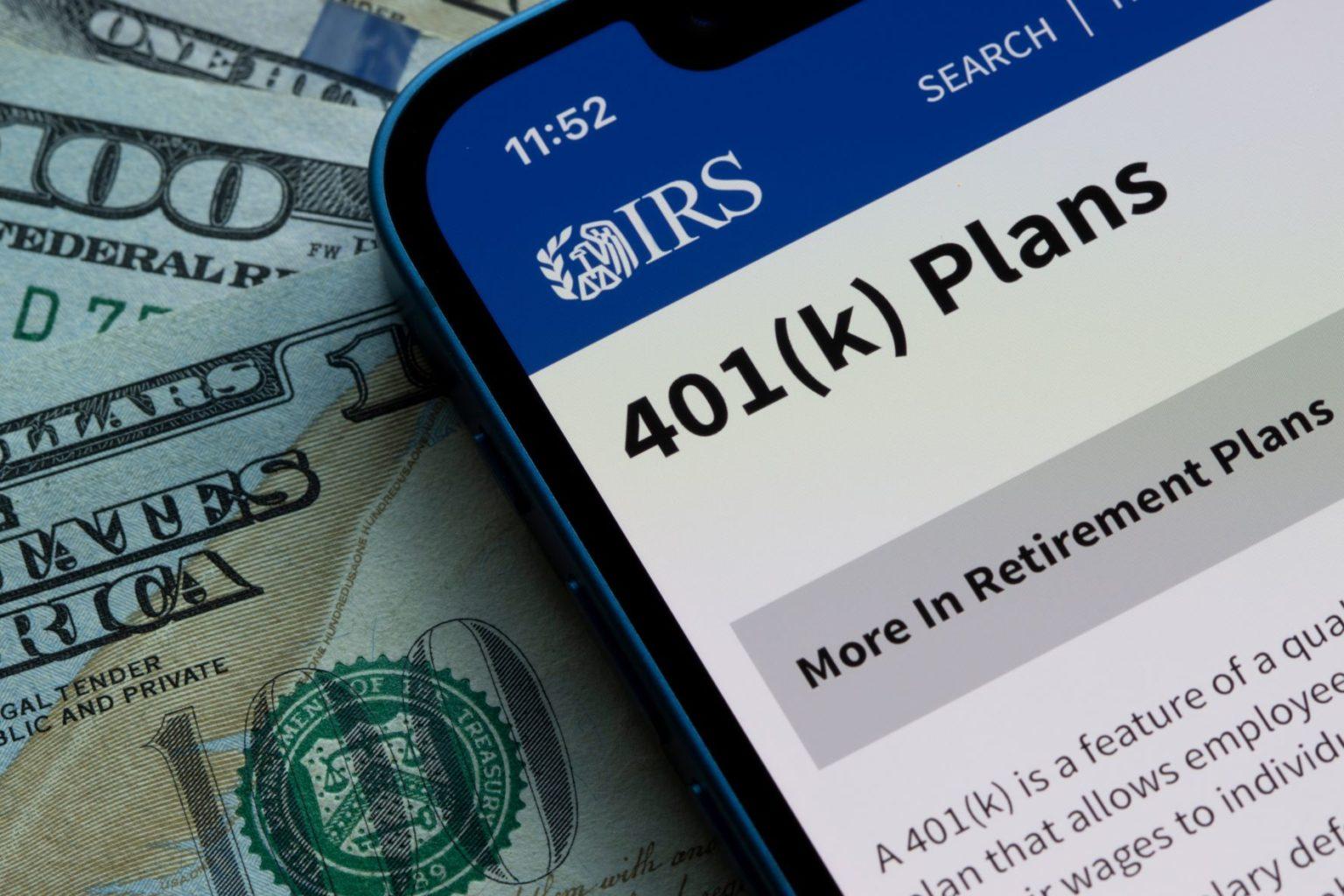This website is strictly for educational purposes and is not intended to provide specific legal, financial, or tax advice. Phil Cannella and Joann Small are licensed professionals in the insurance industry. Crash Proof Retirement, LLC. does not recommend or sell securities to anyone at any time. Any interviews conducted by Retirement Media, Inc ®. published on this website are not to be considered endorsements. Crash Proof Retirement, Crash Proof Retirement Show, and Retirement Media, Inc. ®, and all related uses, are federally trademarked with the United States Patent and Trademark Office. Any company or individual found violating these federal trademarks will be vigorously pursued through all available legal avenues and penalized to the fullest extent of the law. © 2024 Crash Proof Retirement, All Rights Reserved.

Retirement Plan Contribution Limits Are Going Up in 2023
- December 2, 2022
- Phil Cannella
- Blog
- 0 Comments
Although 2022 has been a tough year for retirement savers, the IRS has good news for those who are trying to build a nest egg. On October 21st, 2022, the IRS announced that retirement plan contribution limits will be raised in 2023 to compensate for increased cost of living expenses caused by inflation in the post-COVID-19 pandemic environment. If you would like to know how this change will affect you – and what your contribution limits will be in 2023 – read on for more information and an analysis from the team at Crash Proof Retirement.
Why Did the IRS Raise Retirement Plan Contribution Limits for 2023?
As the global economy tries to regroup from the lows of the COVID-19 pandemic, rampant inflation has eroded consumers’ purchasing power all over the world. Although year-on-year inflation rates fell in October from a high of 9.1% (recorded in June), the current rate of 7.7% means that goods and services across the board are still on the rise, despite the slight reduction. While the Federal Reserve is taking measures to reduce inflation, it could take years for economic conditions to return to normal. Other factors, including the war in Ukraine, OPEC’s decision to reduce oil production, and sky-high food prices have all combined to make inflation rates resistant to any abatement measures.
Inflation is bad news for retirement savers. If prices continue to rise, the money they saved could turn out to be inadequate once they retire. As a result, the IRS will be allowing working Americans to save more money in tax-advantaged accounts like IRAs and 401(k) plans so they can build a solid foundation for their retirement future.
Retirement Plan Contribution Limits for 2023
The new contribution limits affect a range of retirement plans, including:
- 401(k), 403(b), most 457 plans, and Thrift Savings Plans – the contribution limit is being raised from $20,500 to $22,500. Catch-up contribution limits for people over age 50 will be raised from $6,500 to $7,500.
- Traditional and Roth IRAs – Contribution limits are being raised from $6,000 to $6,500. The catch-up contribution limit will remain $1,000.
- SIMPLE Plans – Catch-up contribution limits will be raised from $3,000 to $3,500.
The IRS announcement will also affect the Saver’s Credit, which is a tax deduction designed to help retirement investors offset the cost of building a nest egg. This deduction is worth up to $1,000, or $2,000 for married couples filing jointly, and it phases out for taxpayers above a certain income threshold.
- Single, filing as a head of household – The phase-out limit is being raised from $68,000 to $73,000.
- Married, filing jointly – The phase-out limit will be raised from $51,000 to $54,750.
- Any other filing status – The phase-out limit will go up from $34,000 to $36,500.
Therefore, in 2023, you can make more money and still qualify for the Saver’s credit. More details on this tax credit and its phase-out ranges can be found in a press release and notice posted on the IRS website.
Using a Retirement Plan to Save for Your Future
If you are currently saving for retirement, taking advantage of the various retirement plans is always a smart idea. Not only do retirement plans allow you to reduce your tax liability in the year you contribute, but they can also help you grow a significant retirement savings over time. Some employers even offer matching contributions to 401(k) plans so you can build a healthy nest egg more quickly.
In addition to hitting your contribution limit every year, it is a good idea to make catch-up contributions if you are over age 50. If you have questions about retirement plans and how they can fit into your overall savings strategy, contact the team at Crash Proof Retirement today. Call 1-800-722-9728 or fill out the online form on our contact page to schedule your free financial checkup with our licensed retirement educators. Our team can give you all the information you need about saving with retirement plans, plus exclusive investment secrets that other Bucks County area financial planners won’t tell you about.


Leave a Reply
You must be logged in to post a comment.